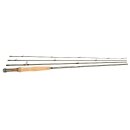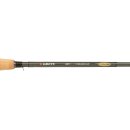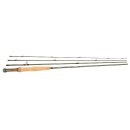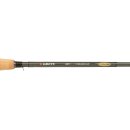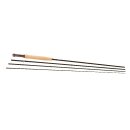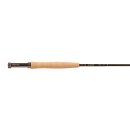Bedienerfreundlichkeit
Produktsortiment
Preisgestaltung
Bestellabwicklung
Lieferung
Service und Support
Geomaster
28.05.2024
Wie immer alles top. Super schneller Versand.
zum Tackle-Deals Bewertungsprofil
Husky
27.05.2024
Perfekte Abwicklung, Blitzschnelle Lieferung. Super Kundenservice. Ich bin sehr zufrieden und gerne wieder.
zum Tackle-Deals Bewertungsprofil
Frank
27.05.2024
Viele Produkte werden angezeigt sind aber ausverkauft, das sollte man ändern.
Ich habe viel Zeit verbraucht auf der suche nach Produkten.
Wenn ein Artikel ausverkauft ist ,sollte das auch sofort zu erkennen sein.
zum Tackle-Deals Bewertungsprofil

4.90 / 5,00
13442 Bewertungen
13442 Bewertungen
 Theme World
Theme World
 % Deals
% Deals
 Buy on Invoice
Buy on Invoice
 Low-Price Guarantee for Brand Products
Low-Price Guarantee for Brand Products
 Free Shipping on Orders over €39 in DE / No Surcharge for Cash on Delivery
Free Shipping on Orders over €39 in DE / No Surcharge for Cash on Delivery
 Same-Day Shipping on Weekdays until 1 PM
Same-Day Shipping on Weekdays until 1 PM


